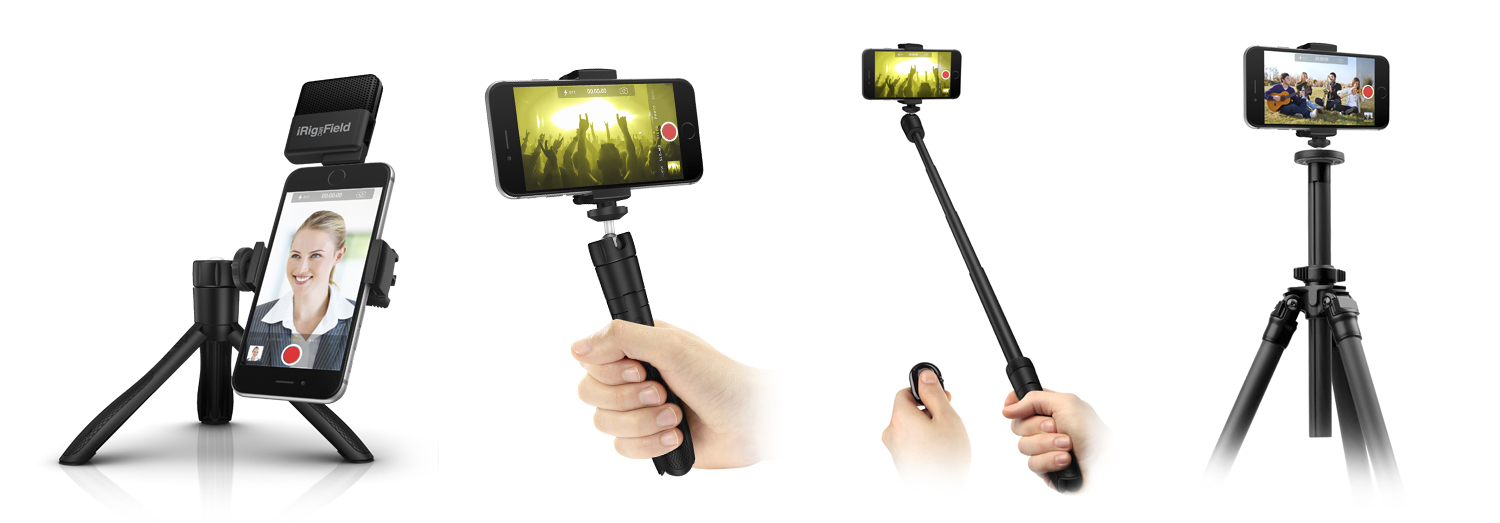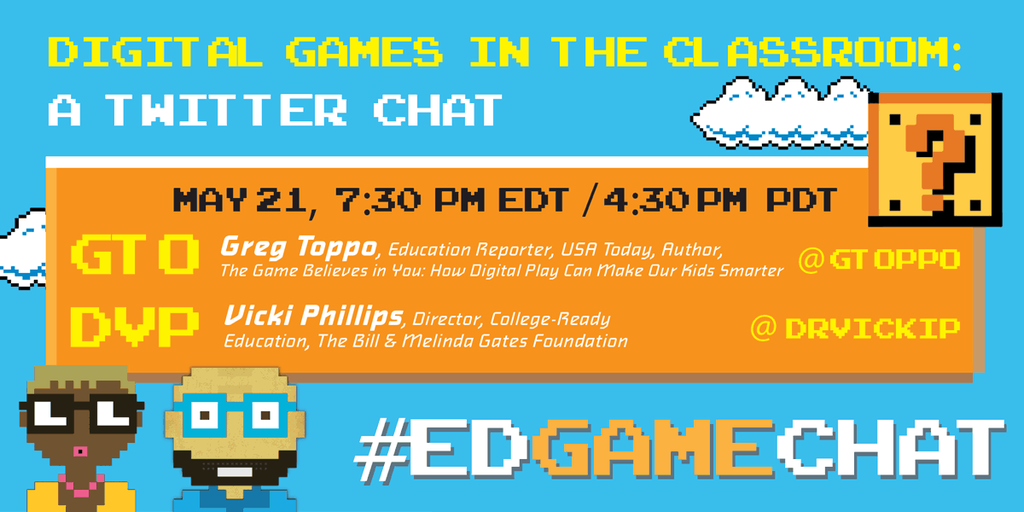Intro
In chapter five of
New Literacies: Everyday Practices and Social Learning Third Ed by Colin Lankshear and Michele Knobel the reader begins to take a detailed look at the practices of blogs and wikis. Much like the changes as seen in web 1.0 to web 2.0, it can be noted that the participation, authorship, and readership of blogs and wikis has changed dramatically since the development and implementation of accessible user interfaces and publishing mediums. Lankshear and Knobel mention this when referring to the limitation of blogs as seen in the 90’s, because blogging in the 90’s required some knowledge of HTML. Fifteen years later, we can see the explosion of blogs, and microblogging in conjunction with social media and accessibility on mobile devices. The result of this ease of access and mobility is diverse content and practices amongst bloggings offering multi-faceted dimensions of engagement in our lives (Lankshear & Knobel, 2011, p. 142-144).
Blogs
Interestingly enough, as Lankshear and Knobel refer to research by Eric Baumer, Mark Sueyoshi, and Bill Tomlinson, “most research on blogs focuses on either the blog itself or the blogger, rarely, if at all focusing on the reader’s impact despite the interactive nature of blogs as a medium.” (Lankshear & Knobel, 2011, p. 145). Perhaps this is due to the somewhat relaxed nature of blogging and the views which expressed on blogs are typically opinionated, personal narratives. This may or may not be interesting to read based on one’s opinion, but as a collective of blogs, such as the ‘multi-blogger’ Project Runway example given by Lankshear and Knobel, one may find deep interest in the various opinions and accounts of the blogs and responses to posts (Lankshear & Knobel, 2011, p. 147,148). The blogging of ‘Project Runway’ evolved over time as technologies evolved and the blogging community grew. In summation, Lankshear and Knobel describe the Blogging of Project Runway as ‘full-fledged cultural practice.’
“The Blogging of Project Runway “is no single blogging practice. It has evolved massively over time: from a static, post facto, monomodal medium to a multi-temporal, multimodal medium which, durings seasons, functions as a real-time mediator of the TV show - but still with the original purpose of enriching fans’ experience of the show."(Lankshear & Knobel, 2011, p. 156).
Wikis
In short, wikis are a community of practice, a collaborative work of writing, data, media, and links which people develop and share about a subject over time and space. Wikis can be ‘online’ or ‘offline’ or only available on an intranet, such as typically seen in many places of work where proprietary information would not be seen publicly. Lankshear and Knobel refer to Halatchliyski (and colleagues) who identify “three dimensions of wikis as a medium for knowledge building: content, discursive, and network.” Essentially, content being ‘epistemic artifact’, discursive being ‘scaffolding’, and network being ‘connections.’ (Lankshear & Knobel, 2011, p. 164). Wikis can be seen as a collaborative practice and process which enables mentorship, meaning negotiation, and generation of new knowledge by the collective intelligence. (Lankshear & Knobel, 2011, p. 165)
Collaborative Documents
The last part of chapter five, comparatively, a footnote in the chapter briefly describes collaborative documents such as Google Docs. I think this is partially because the widespread use of such documents was not as prevalent when this book was written and subsequently published in 2011. Because I use Google Docs on an everyday basis since 2011, rather than summarize the text, I will describe from my own experience. From my own accounts, I could see the rise in use of Google Docs in my own places of works from 2011-2015. Now two of the three companies I work for rely heavily on Google Docs to collaboratively collect and track data from multiple team members, vendors, and partners. And recently, as a grad student I can see professors in the Information and Learning Tech department at UC Denver SEHD use these google docs to share syllabuses and other resources with colleagues, students, and sometimes the greater public. In fact, for the course which I am writing this response, I have various folders on Google Drive setup for production and I refer to the syllabus created in Google Docs by the professor.
The main appeal to using Google Docs is that it is more privatized collaboration if you want it to be. Also the documents save automatically and they can be accessed on mobile devices. One could start writing a paper in a lab, then continue working on the paper on their mobile device on the train ride, then again in their study at home, or at the coffee shop, or social meet-up, etc. Additionally, documents that used to be incredibly annoying to share and update, i.e. spreadsheets, can now be shared ‘live’ and viewed or worked on simultaneously. This is incredibly useful when you are collaborating with several co-workers and vendors throughout the country or world. Google for me, has taken the social practice of creating and emailing a spreadsheet to co-workers, which then gets passed on to a vendor, then back to me, and so forth, and simplified this exchange to one live collaborative process. In essence, collaborative documents have streamlined workflow, tracking, and collaboration and have enabled the ability to work seamlessly with many others in various time zones or locations throughout the world, from the comfort of one’s home or from the cubicle on the 40th floor of an office building.
How does this relate to the subjects of scholarship?
How does this all relate to digital storytelling or creative arts education? As can be seen by ‘ds106er’s,’ and the students in the CU Denver digital storytelling course, the comprehensive list of blogs shared on ds106 is astonishing. Each of which describes one’s journey to become literate in these ‘new literacies’ and collaborate with the greater digital storytelling community at large. One begins to construct an identity, and record of personal narrative as they sequentially make blog posts over time. To me, blogging is the fundamental framework for which to craft and share one’s story. The comments and feedback and subsequent sharing on Facebook, Twitter, Google +, etc., acts as the means for which others to critique one’s work and add to the collective of shared experiences and intelligences.
Although my scholarship in ‘the importance of creative arts in education’ this week did not directly address wikis or blogs, it’s not too much of a stretch to suggest blogging and creating wikis are social practices that involve many creative endeavors such as design and layout, photo-manipulation, creative writing, and a host of other technical skills that contribute to the overall function and design of a blog or wiki. Seemingly simple things like: What font should be used? What layout looks best? What colors evoke a certain meaning? All have bearing on the overall aesthetics and functional use of a blog or wiki yet seldom are these design topics focused upon in typical schooling. As it is now one may learn these things through trial and error and personal interest until they develop an eye for visual design aesthetics. That’s why things like ds106 are so great for the continued development of one’s craft that ultimately contributes to their maturity in ‘new literacies’ and critical eye for design.
Conclusion
I found chapter five relatively easy to grasp as I actively engage in most of the things described in the chapter in my professional and school lives. I’m not sure if this is why I did not find profound meaning in this chapter, or if it is because I am somewhat disinterested in Project Runway? I focused on the remix practices of teachers for my scholarship research this week and I did not stumble across any relative use of blogging or wikis in that search to relate or ‘synthesis’ with this chapter’s material. I suppose questions for my classmates and colleagues remain: How does one learn to effectively use design in their blog? In other words, develop a sensibility for type font, layout, and design principles. Is this something that is or should be learned in school? How confident should digital storytellers be with design sensibilities; is it important?
Citations
New Literacies: Everyday Practices and Social Learning Third Ed by Colin Lankshear and Michele Knobel. McGraw-Hill Education 2011.



























